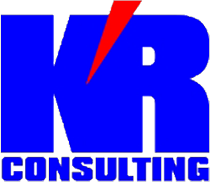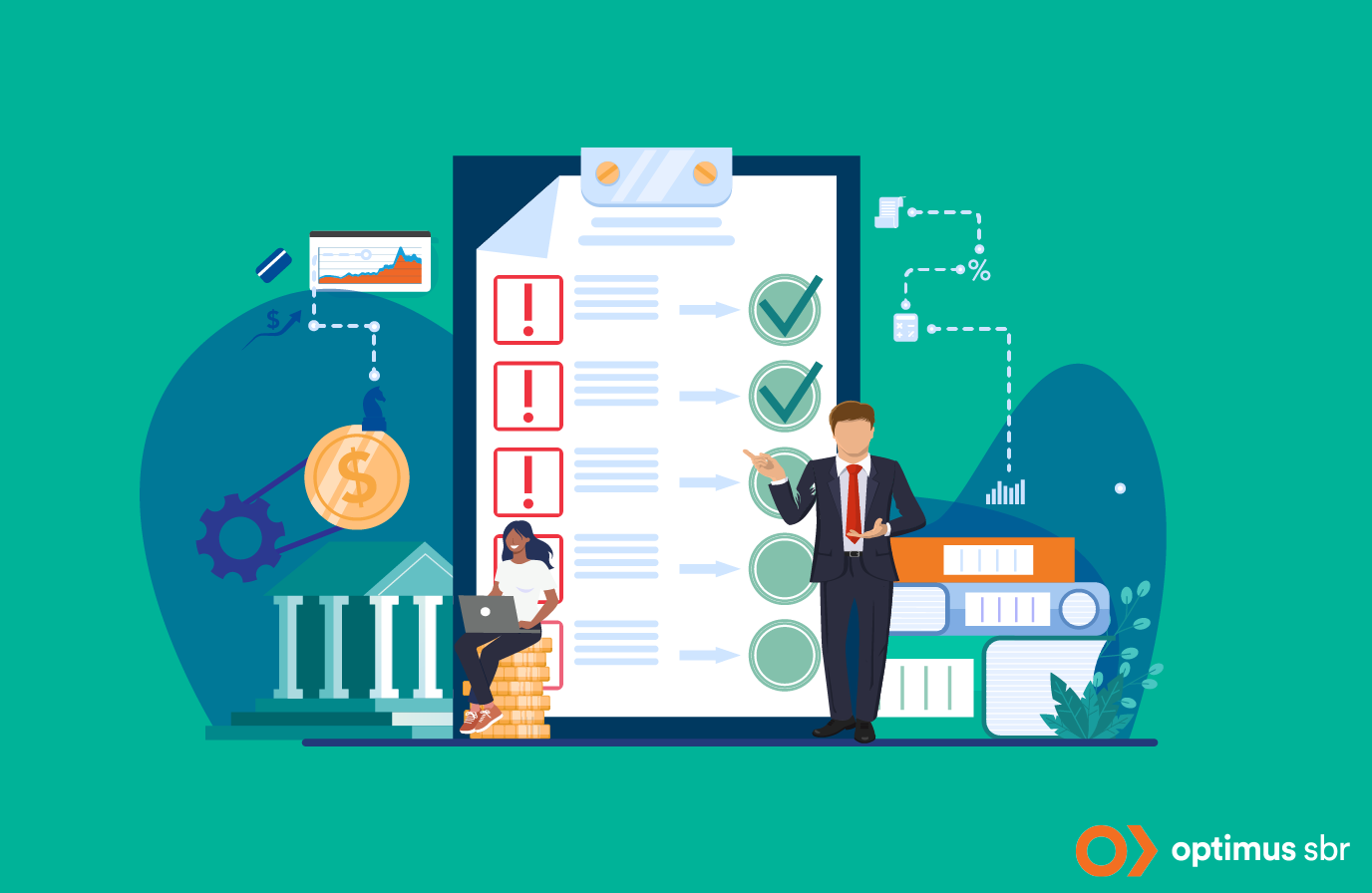The statutory requirements of IFRS17 are forcing a massive disruption and ultimately a transformation within the insurance industry. No IFRS compliant insurer will be able to escape the profound changes in their operating model, accounting policies, and subsequent accounting system outputs and flows. This extends to connectivity and alignment with and actuarial systems and outputs, all underpinned by IT systems construct, data and reporting requirements.
Many of our clients originally underestimated the work needed to comply with the standard. For most short-term business, the premium allocation approach (PAA) can be used and it generally gives bottom-line results similar to current practice.
However, even the simplest, monoline property and casualty insurers have realized there are significant complexities in practice. These include:
- Demonstrating PAA eligibility for contracts.
- Reinsurance and contracts that are not PAA eligible.
- Discounting and risk adjusting incurred but not reported (IBNR)/claims reserves.
- Aggregation—choice of IFRS 17 portfolios (by line of business, geography, risk profile, etc.) and groups within portfolios (onerous, non-onerous, may be onerous, etc.).
- Reporting transactions and profitability by underwriting year for each portfolio and group.
- Significantly increased disclosure requirements, and changes to financial reporting.
Here are a few of the key implementation realities that insurers are faced with as they seek to understand how their product features and mix will drive compliance with the standard:
- Analysis of all insurance contracts for PAA eligibility.
- Consideration of any features including experience rating, renewal options, etc.
- Assessment of non-PAA accounting and its impact for any longer duration contracts (such as construction or warranty contracts) and many types of reinsurance.
- Assessing the impact of different aggregation choices (IFRS 17 portfolios and groups)
- Assessing the criteria for determining onerous contracts or group.
- Adjusting IT and financial reporting systems to track groups of policies by many different criteria—year of issue, aggregation levels for onerous contract testing, and matching to specific reinsurance contracts.
With the deadline to compliance fast approaching, insurers need to be rapidly examining and acting on their compliance plans. We, along with our partners, can provide the solutions you need to meet the required IFRS 17 deadlines. Contact us to learn how we can help.
(This is the fourth in a series of seven articles.)
Optimus SBR’s Financial Services Practice
Optimus SBR is an independently owned management consulting firm that works with organizations across North America and the Caribbean to get done what isn’t. Our Financial Services Group provides strategic advisory services, process improvement services, risk management services, and project management support to leading Financial Institutions, insurers, asset managers, and pension funds.
Contact us for information on our IFRS 17 Jumpstart Acceleration Program:
Peter Snelling, Senior Vice President, Business Development
Peter.Snelling@optimussbr.com
416.649.9128
Evan Farlinger, Principal, Financial Services Group
evan.farlinger@optimussbr.com
647.502.3739
Service Partners |
|
|
|
|
 |
With access to a global knowledge base and professional expertise, BDO offers extensive value to their clients across all segments of the insurance and financial services industry. |
|
|
|
 |
KR Services specializes in the practical application of international financial reporting and actuarial standards in the developing world. |
|
|
|
 |
Valani Global supports life insurance companies in achieving their financial risk management goals through implementations of Moody’s Analytics solutions including AXIS and RiskIntegrity for IFRS 17. |

Optimus SBR Celebrates 6 Consecutive Wins as 2024 Best Workplaces™ in Professional Services
Our commitment to a people-first approach has been central to being recognized in 2024 for the sixth time as one of the Best Workplaces™ in Professional Services and the key to our overall success.

12 Best Practices to Increase Cross-Team Collaboration and Enhance Organizational Alignment
Enhancing cross-team collaboration drives innovation, optimizes resources, improves overall performance, and ensures every part of your organization works toward the same goals.

Enhancing Your Data Strategy for Success: The Power of Metadata
Metadata goes beyond just aiding in data retrieval. It ensures your data is secure, compliant and, most importantly, understood consistently by everyone in the organization.

Optimizing Language Translation Strategies: Beyond Compliance to Enhanced Operational Efficiency
The introduction of Quebec’s Bill 96 in Canada underscores the necessity for comprehensive translation strategies. Integrating machine translation technologies helps meet regulatory requirements while enhancing translation speed, cost efficiency, and operational effectiveness.

How to Manage Gen Z: 16 Strategies to Engage and Retain Young Talent
These practical strategies lead to a workplace that is better aligned with the values and expectations of Gen Z employees, ensuring that your efforts to attract and retain Gen Z talent are both successful and sustainable.

How to Measure the Success of Learning and Development: 12 Important Metrics to Evaluate
Quantifying the success of L&D training programs can be challenging. Learn about selecting and measuring the right metrics to determine whether your training efforts are truly making an impact.



